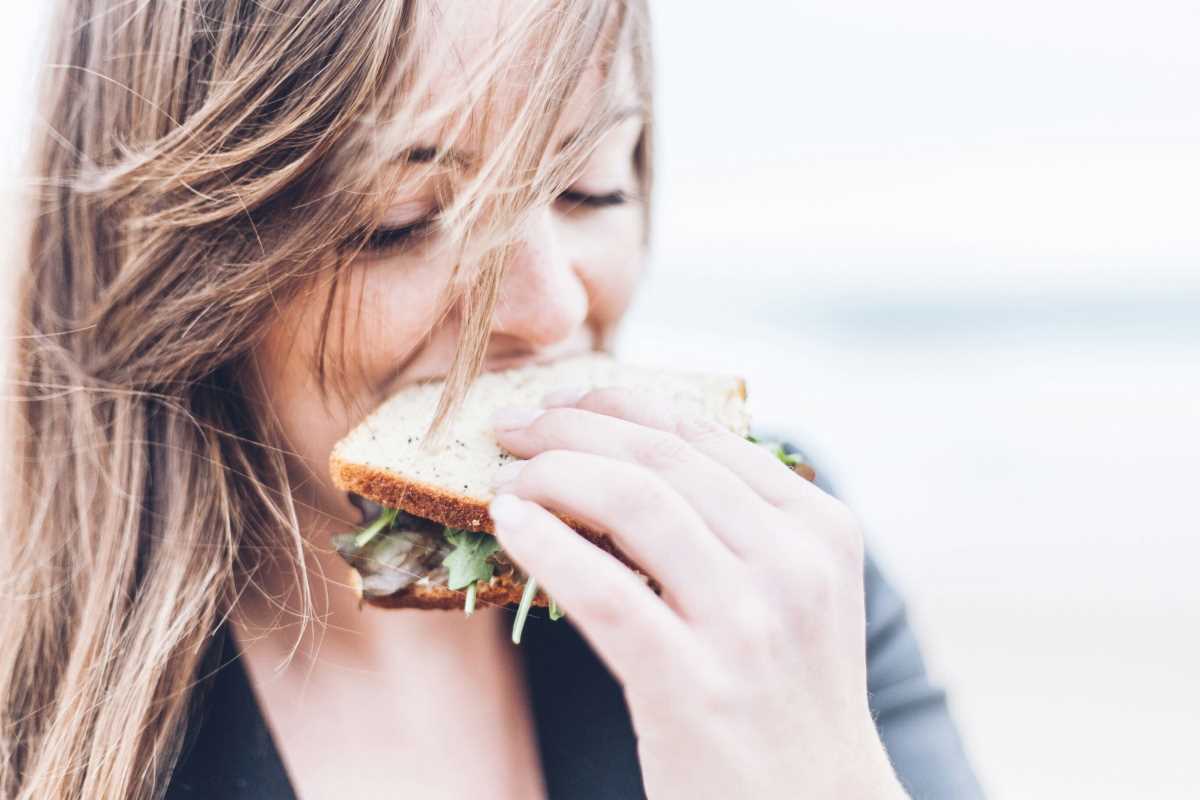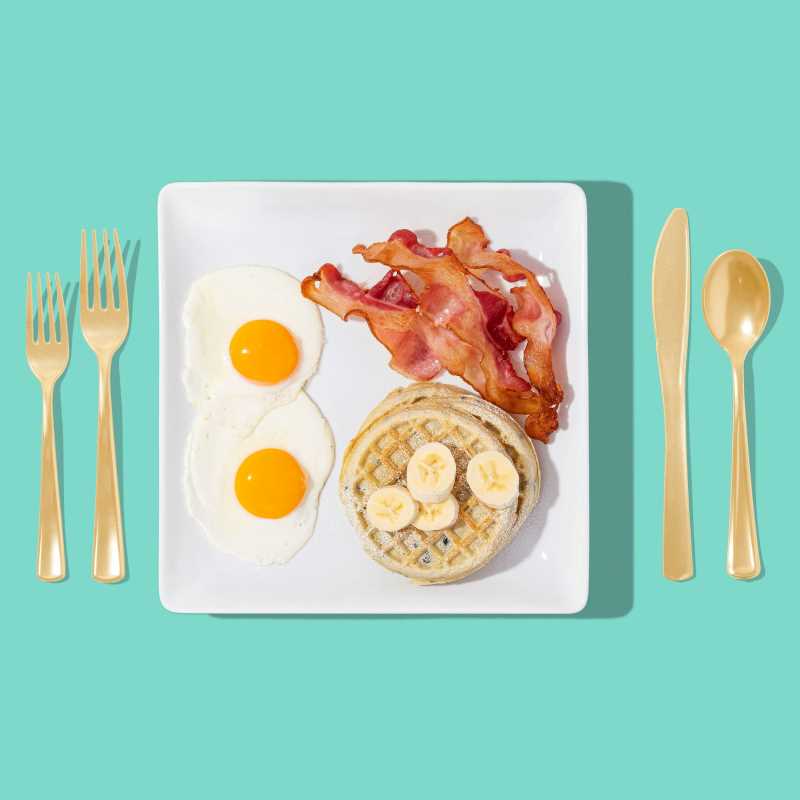Eating is a fundamental part of our daily routine, yet most of us rush through meals without giving much thought to the process. You might grab a quick lunch at your desk or finish dinner in front of the television, swallowing your food after just a few bites. The simple act of chewing, however, is a critical first step in digestion that has profound effects on your overall health. The advice to chew your food 30 times per bite might sound tedious, but it is rooted in science. Thoroughly chewing your food does more than just break it down; it unlocks nutrients, improves digestion, and can even help with weight management. Let's explore the powerful benefits of slowing down and chewing your food properly.
The First Step of Digestion: More Than Just Biting
Digestion is a complex process that begins the moment food enters your mouth. Chewing, also known as mastication, is the mechanical breakdown of food into smaller, more manageable pieces. This simple action has two immediate and crucial purposes. First, it increases the surface area of the food. Imagine trying to dissolve a large cube of sugar versus granulated sugar in water; the smaller particles dissolve much faster. The same principle applies to your food. Smaller particles are easier for your digestive system to handle.
Second, chewing stimulates the production of saliva. Saliva is much more than just water. It contains important enzymes that kick-start the chemical phase of digestion. One of these enzymes, lingual lipase, begins the breakdown of fats. Another key enzyme, salivary amylase, starts breaking down carbohydrates into simpler sugars. Your saliva also lubricates the food, transforming it into a soft, rounded mass called a bolus, which can be swallowed safely and easily. Without enough chewing, this vital pre-digestive step is skipped, placing a greater burden on the rest of your digestive tract.
How Chewing Impacts Your Stomach and Intestines
Your stomach and small intestine are designed to handle the later stages of digestion, but they rely on the mouth to do its job properly. Food that arrives in the stomach in large, poorly chewed chunks is much harder to break down. The stomach has to secrete more acid to tackle these large pieces, which can sometimes lead to digestive discomfort like acid reflux or indigestion. Think of it as asking your stomach to do the work your teeth were supposed to do.
Once food leaves the stomach, it enters the small intestine, where the majority of nutrient absorption takes place. The enzymes in your small intestine work most effectively on food particles that have a large surface area. Poorly chewed food means less surface area for these enzymes to act upon. As a result, you may not be able to absorb all the vitamins, minerals, and other important nutrients from the food you eat. You could be eating a very healthy diet, but if you are not chewing your food thoroughly, you may not be reaping all the benefits.
The Connection Between Chewing, Fullness, and Weight Management
Slowing down your eating pace by chewing more has a direct impact on your body’s ability to recognize when it is full. It takes approximately 20 minutes for your brain to receive the signals from your digestive system that you are satiated. These signals are sent by hormones, primarily cholecystokinin (CCK) and glucagon-like peptide-1 (GLP-1), which are released in response to food entering your digestive tract.
When you eat too quickly, you can easily consume more food than your body needs before your brain has a chance to register that you are full. This often leads to overeating and a feeling of being uncomfortably stuffed. By chewing each bite around 30 times, you naturally extend the duration of your meal. This gives your hormones ample time to send those "I'm full" messages to your brain. Studies have shown that people who eat more slowly and chew their food thoroughly tend to consume fewer calories per meal. This mindful approach to eating supports your body’s natural appetite regulation system, making it a helpful tool for achieving or maintaining a healthy weight without feeling deprived.
Enhancing Your Food Experience
Beyond the physical benefits, chewing more can completely transform your relationship with food. Rushing through meals means you barely taste what you are eating. When you take the time to chew each bite, you engage all your senses. You begin to notice the complex flavors, textures, and aromas of your food in a way you may never have before. A simple apple is no longer just a quick, crunchy snack; it reveals its sweetness, tartness, and unique texture with every bite.
This practice, often referred to as mindful eating, fosters a greater appreciation for your food and the nourishment it provides. It can turn a routine meal into a pleasant and grounding experience. This heightened awareness not only makes eating more enjoyable but also helps you listen more closely to your body’s hunger and fullness cues, further strengthening your internal appetite regulation.
Practical Tips for Chewing More
The idea of chewing every bite 30 times can seem daunting at first, especially if you are used to eating quickly. The goal is progress, not perfection. Here are some simple, practical tips to help you build this healthy habit.
Put Your Utensils Down Between Bites
One of the easiest ways to slow down is to place your fork or spoon down on the plate after taking a bite. This creates a natural pause, forcing you to finish chewing what is in your mouth before you prepare for the next bite. It breaks the cycle of continuous, rapid eating and gives you a moment to breathe and check in with your body.
Count Your Chews at First
It might feel a bit mechanical initially, but try counting your chews for the first few bites of your meal. Aim for a number between 20 and 30. You don't have to do this for the entire meal, but it can help you establish a new rhythm. The goal is to chew until your food is liquefied and has lost most of its texture before you swallow. This practice helps retrain your muscles and mind to a slower, more deliberate pace.
Choose Foods That Require Chewing
Incorporate more whole, unprocessed foods into your diet. Foods with a lot of fiber, like raw vegetables, nuts, and whole grains, naturally require more chewing than soft, processed foods. A salad with crisp lettuce, carrots, and nuts will encourage you to chew more than a bowl of soup or a smoothie. This simple dietary shift can help you practice better chewing habits without even thinking about it.
Minimize Distractions During Meals
Eating while working, watching TV, or scrolling on your phone is a common habit that encourages mindless, rapid eating. Try to set aside dedicated time for your meals, even if it is just for 15 or 20 minutes. Sit down at a table without screens. Focusing solely on your food allows you to be more mindful of your eating pace and enjoy the entire experience more fully.
 (Image via
(Image via





